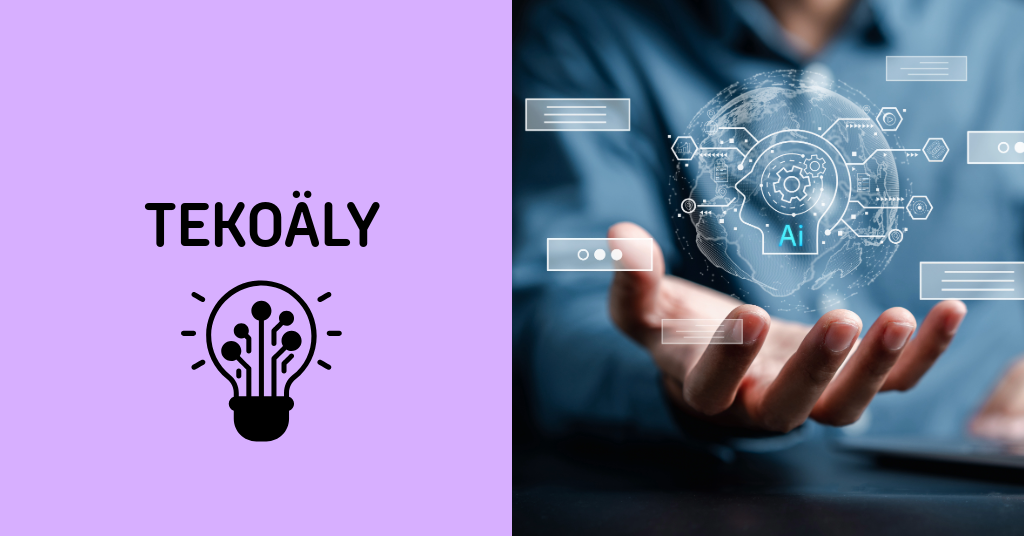Ethical Principles for the Use of Artificial Intelligence – Summary

Article sections
| Principle | Implementation |
| Fairness & Equality | When using artificial intelligence, everyone must be treated equally. For instance, in assessment or student feedback, AI should neither favor nor discriminate against anyone. A prerequisite is always that the use of AI tools does not jeopardize equal treatment. |
| Transparency | The use of AI must be made visible. Students must disclose if they have used AI in their assignments or theses. Similarly, higher education institutions must openly communicate where and how AI is utilized (e.g., if decisions or services are based on algorithms). |
| Accountability & Human oversight | Individuals are always responsible for their own use of AI and its outcomes. Teachers determine when and how students may use AI within a course, and students remain responsible for the content of their submitted work even when AI has been employed as an aid. AI serves as a tool, not as an independent decision-maker in critical matters. |
| Data Privacy | The utilization of AI must not compromise personal data protection. Guidelines advise against entering sensitive personal information into public AI services and ensure the tools used comply with data protection regulations. Particular caution is required when handling student registries or confidential research data. |
| Competence & Support | Higher education institutions must ensure that users (teachers, students, researchers) have sufficient understanding of artificial intelligence. Arene’s recommendation encourages training staff and students in the basic use of AI tools. This enhances AI literacy and ensures awareness of AI’s limitations and ethical risks. Support and guidance should also be provided to ensure responsible practices become established. |
Links
- UNESCO’s Ethical Principles for the Use of AI (pdf)
- European Commission’s Ethical Guidelines on the Use of AI and Data in Teaching and Learning (pdf)
The instructions were planned and compiled with the assistance of ChatGPT.
